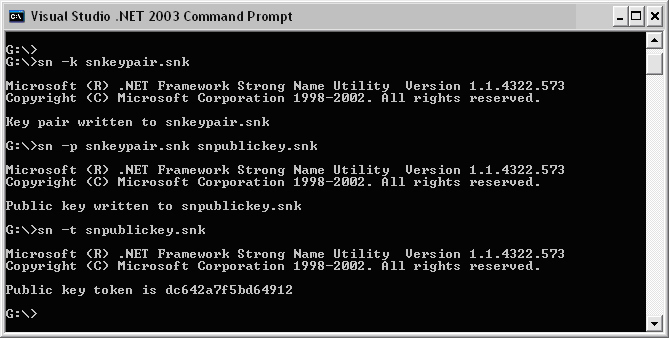

- #Acrosync view public key install
- #Acrosync view public key windows 10
- #Acrosync view public key verification
- #Acrosync view public key code
- #Acrosync view public key free
Hopefully this will mean nothing can possibly interrupt it. set to "specified times" but deselected all days), and have also disabled the "watch in real-time" settings.

On the backup schedule I have now set the schedule to never run (i.e.
#Acrosync view public key verification
Interesting thought about the file verification though, I'll try pushing it way out to only do it every 30 days then manually run it once so it hopefully won't do it again. Adding the Gitlab SSH Key to Your Profile.Already tried clearing the cache, took about 24 hours to rebuild then the same thing happened when trying to compact again.This tutorial is a hands-on demonstration. To follow along, be sure to prepare the following requirements.
#Acrosync view public key free
If you don’t have one yet, sign up for a free account first. A computer to use as your Gitlab SSH client. This tutorial will be using an Ubuntu 20.04 LTS computer but should work with Windows and macOS too. The latest version as of this writing is 2.25.1.
#Acrosync view public key code
Related: A Beginner's Guide to Visual Studio Code and Git Generating a Gitlab SSH Key Pair The example in this tutorial will be using VS Code 1.62.3. SSH keys or a key pair is consists of private and public keys. In a nutshell, the private key is what the client (your computer) presents to the server (Gitlab) for authentication, and the public key is what the server uses to decode your private key. And if both keys match, the authentication passes. GitLab supports two types of SSH key pairs, the RSA and ED25519 SSH keys. But in this example, you’ll generate the ED25519 key pair as it is considered more secure than RSA keys. Follow the steps below to generate an SSH key pair.ġ. On your desktop, open a terminal session and run the command below. This command opens your home directory in VS Code.
#Acrosync view public key install

This user will need read and write permissions for the dataset / directory to be sync'd on the server.Rsync -v -a -H -h -inplace -no-whole-file -delete-delay -info=BACKUP,COPY,DEL,REMOVE,SKIP,STATS -log-file="/cygdrive/c/Users/winnielinnie/AppData/Roaming/cwrsync/rsync_to_nas_log.txt" /cygdrive/c/Users/winnielinnie/ The first line waits 15 seconds (which might be ideal if invoking this script upon waking up the computer) bin folder with the following template, change it to reflect your preferences, and name it something like rsync_to_nas.batĭEL /F /Q "%APPDATA\cwrsync\rsync_to_nas_log.txt" Setup the rsync command and options to be run when invoked on the client (Windows) The next line clears the log file, since rsync appends to the log, which can keep growing in size.-inplace: do not make copies of files being updated ( very important for ZFS destinations).-no-whole-file: used by default for rsync over SSH, but still nice to explicitly write out.-delete-delay: the speed of -delete-during, but deletes missing files from the source after the upload/update process finishes first.-info: what type of information to include in the log file.-log-file: where the log file is to be stored.The source and destination paths can work with variables or the "/cygdrive/c/" format.Pay close attention to the trailing slash ( / ) for the source and destination.-delete does not need to be invoked when using -delete-delay.
#Acrosync view public key windows 10


 0 kommentar(er)
0 kommentar(er)
